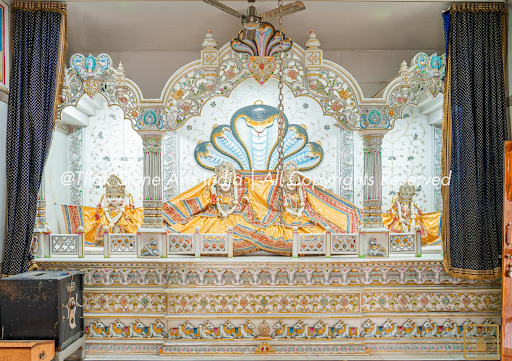Temple carving isn’t just construction—it’s practically a form of worship. Every tap of the chisel, every careful stroke against stone, represents thousands of years of tradition passed down through generations. The artisans who create these sacred spaces don’t just build structures; they channel something more profound that connects the physical and spiritual worlds through their hands.
Creating a luxury marble temple involves techniques that most people never witness. The stunning finished product seems almost magical, with its gleaming Vietnam White Marble capturing light in ways that defy physical properties. Many homeowners make the mistake of cutting corners, not realizing their spiritual connection might suffer. The wrong materials, poor craftsmanship, or designs that ignore ancient principles don’t just look bad – they feel wrong on a level most can’t explain, but everyone can sense.
Why Vietnam White Marble Stands Apart
Ask anyone who’s spent time studying temple materials—Vietnam White Marble strikes differently. Its crystalline structure has an incredible brightness that almost seems to generate light rather than just reflect what hits it. There’s something about standing before an appropriately crafted Vietnam White temple that creates an immediate sense of reverence.
The technical stuff matters, too. This stone doesn’t yellow over decades like cheaper alternatives. The minimal veining presents this canvas of uninterrupted white that master carvers can transform into something truly transcendent. When families invest in temples made from inferior materials, they often don’t realize they’re starting with a compromised foundation.
Old-School Techniques That Can’t Be Faked
Here’s something wild – the best temple artisans still select marble blocks by hand, running their fingers over surfaces to detect imperfections most people couldn’t see with a magnifying glass. This isn’t some marketing gimmick; it’s because they understand something fundamental about how stone behaves over decades.
The actual carving process? It’s brutal, beautiful work:
The initial hand-chiseling stage is where most projects succeed or fail. Machine precision might seem better, but it lacks the intuitive adjustments master carvers make based on how the stone “feels” under their tools.
Deep relief work is where the magic happens. Good carvers don’t just decorate the surface; they create the illusion that the deities are emerging from the stone itself—like they were always there, just waiting to be revealed.
The detailed work is where you separate the rookies from the masters. We’re talking about carving jewellery details that are more petite than a grain of rice and facial expressions that somehow capture serenity despite being formed from solid stone. This stuff takes decades to master.
The polishing process would drive most people insane. Seven distinct stages use increasingly finer materials until the surface achieves an almost liquid appearance when light hits it. Shortcuts here show up immediately—and forever.
The Math Behind the Magic
This is the part that blows my mind—there’s actual sacred math involved. Authentic temples incorporate precise proportions based on ancient Vastu principles. It’s not just about looking good; these proportions create spaces that resonate energetically and amplify devotional practices.
The height-to-width ratios, the spacing between elements, and even the amount of negative space follow formulas refined over thousands of years. That’s why walking into an adequately designed temple space feels different. Your brain might not consciously register the mathematical harmony, but something more profound in you does.
Spotting True Craftsmanship
You know how sometimes you can tell something’s “off” but can’t explain why? That’s what happens with poorly crafted temples. The symmetry is slightly wrong, the proportions feel awkward, and the divine expressions seem… dead.
Homes with these lesser temples often develop weird energy. People find themselves avoiding the space rather than being drawn to it, and prayer feels mechanical rather than connecting. It’s not superstition—it’s the natural response to environments that lack coherence.
A masterfully crafted temple does the opposite—it becomes a gravitational centre that naturally draws family members toward moments of reflection. Kids who grow up with authentic sacred spaces often maintain stronger connections to their heritage, even during rebellious phases.
Beyond Decoration to Legacy
Here’s the thing about a proper Vietnam White Marble temple: it’s not a purchase; it’s an inheritance you’re creating. These pieces become more sacred as they absorb the energy of family celebrations, quiet prayers, and significant life transitions.
While mass-produced alternatives deteriorate physically and energetically, masterfully created sanctuaries appreciate both material and spiritual value. They become incredible time capsules that hold family history while simultaneously connecting to traditions thousands of years old.
When considering bringing a sacred space into your home, remember you’re not buying furniture – you’re establishing a connection point between your family and something much bigger. That’s not something where “good enough” is ever really good enough.
The most telling moment is watching someone enter a room with a properly crafted temple for the first time. There’s this subtle shift—a pause, a slight change in posture, sometimes even an unconscious lowering of voice. That reaction isn’t just respect for craftsmanship. It’s recognition of something authentic and profound that speaks beyond words.












